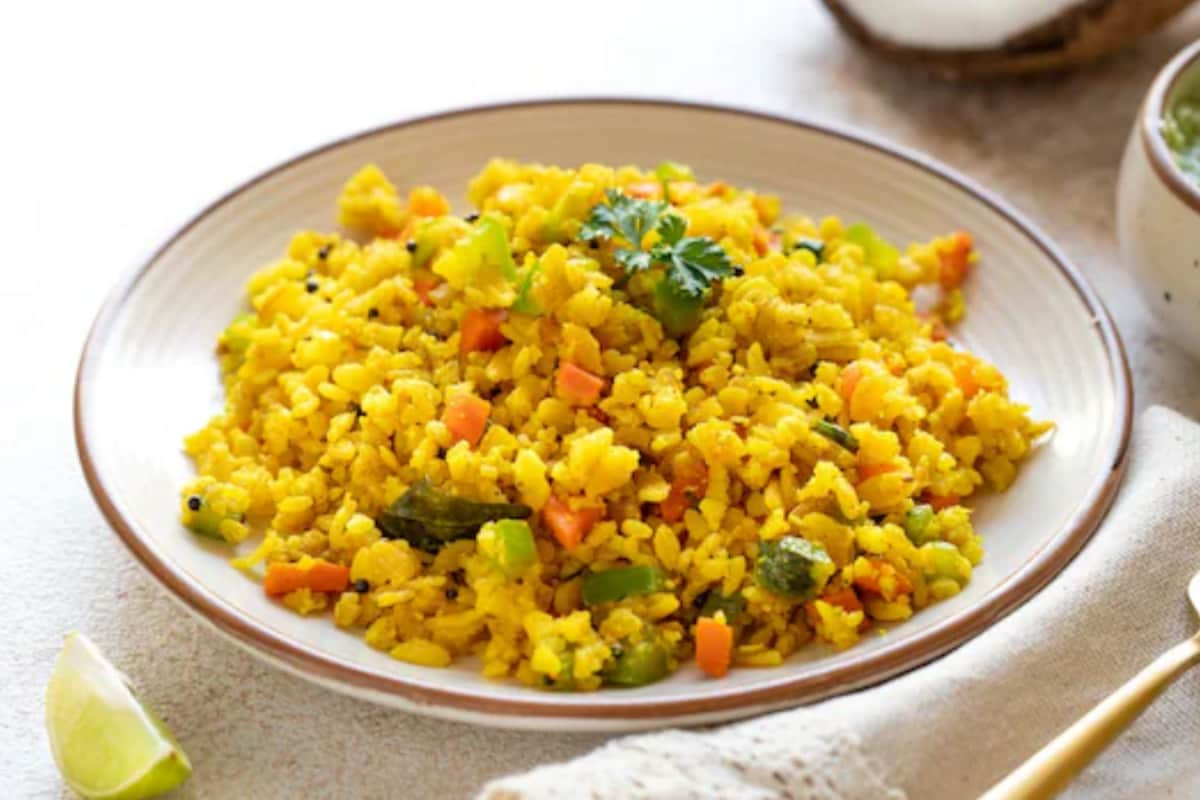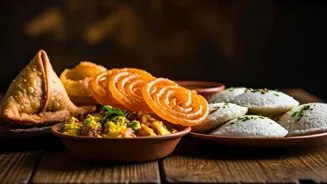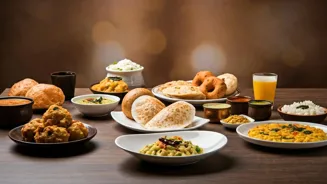A Culinary Overview
Indian cuisine is not just a single entity but a sprawling collection of regional styles, each reflecting the unique geography, climate, and cultural influences
of its area. The use of aromatic spices is central, with ingredients like turmeric, cumin, coriander, ginger, and chili peppers forming the foundation of many dishes. The vegetarian tradition is strong, with a diverse range of lentil-based dishes, vegetable preparations, and rice varieties. From the fiery Vindaloo of Goa to the mild butter chicken of Delhi, Indian food offers a vast spectrum of flavors. Moreover, cooking techniques include grilling in tandoors, slow-cooking in clay pots, and the delicate art of tempering spices in oil to enhance flavor. The influence of ancient Ayurvedic principles also plays a role, emphasizing the balance of flavors and the use of ingredients to promote well-being. Each state adds its unique touch, making the food a celebration of diversity.
Northern Delights
Northern Indian cuisine often features rich, creamy sauces and the use of dairy products. Popular dishes include butter chicken, a creamy tomato-based dish with marinated chicken, and various tandoori preparations, cooked in a clay oven. The use of wheat-based breads, such as naan and roti, is common. Meat dishes are prominent, with influences from Mughal and Persian cuisines. Think of the aromatic biryanis and kebabs. Spices like cardamom, saffron, and cloves are also often used to give richness. Popular choices are creamy paneer curries and hearty lentil dishes like dal makhani. The use of nuts and dried fruits also adds richness.
Southern Spice Route
Southern Indian cuisine typically leans towards the use of rice as a staple grain and is often characterized by the use of coconut, tamarind, and curry leaves. Seafood is prominent along the coastal regions. Dishes like dosas, idlis, and vadas, made from fermented batter, are popular breakfast or snack foods. Spicy curries, such as sambar and rasam, often accompany these dishes. The use of spices like mustard seeds, asafoetida, and black pepper is prevalent. Coconut milk adds richness, and the flavors tend to be complex and layered. Rice-based dishes like biryani and pongal are also common.
Western Flavors
Western Indian cuisine displays a varied palette reflecting regional diversity. In Gujarat, a vegetarian focus is seen, with sweet and savory dishes. Maharashtra offers dishes such as vada pav and pav bhaji, reflecting street food culture. Goa, with Portuguese influence, has vindaloo and xacuti. Rajasthan uses spices heavily, with dishes cooked in desert conditions. Each region presents an array of flavors and methods.
Eastern Traditions
Eastern Indian cuisine often reflects the use of mustard oil and subtle spices. Bengal features fish-based dishes, such as macher jhol, and sweets like rasgulla. Odisha and Bihar use local produce, and Jharkhand showcases indigenous tribal dishes. Northeastern states display distinct flavors, often with bamboo shoots and fermented foods. The cuisine is influenced by local ingredients and traditions, creating regional distinctions.
Essential Ingredients
The heart of Indian cooking lies in its key ingredients. Spices like turmeric, cumin, and coriander are foundational. Lentils and pulses provide protein and substance. Rice varieties vary across regions. Dairy products add richness. Fresh vegetables and fruits, along with nuts and dried fruits, complete the ingredients. High-quality ingredients are key to authentic flavors.
Cooking Techniques
Indian cooking encompasses varied methods. Tandoor ovens offer smoky flavors to meats and bread. Slow-cooking methods allow deep flavors. Tempering spices in oil is essential for flavor enhancement. Grinding spices fresh is vital. Rice cooking differs per region. The balance between techniques and ingredients is key to flavor.





